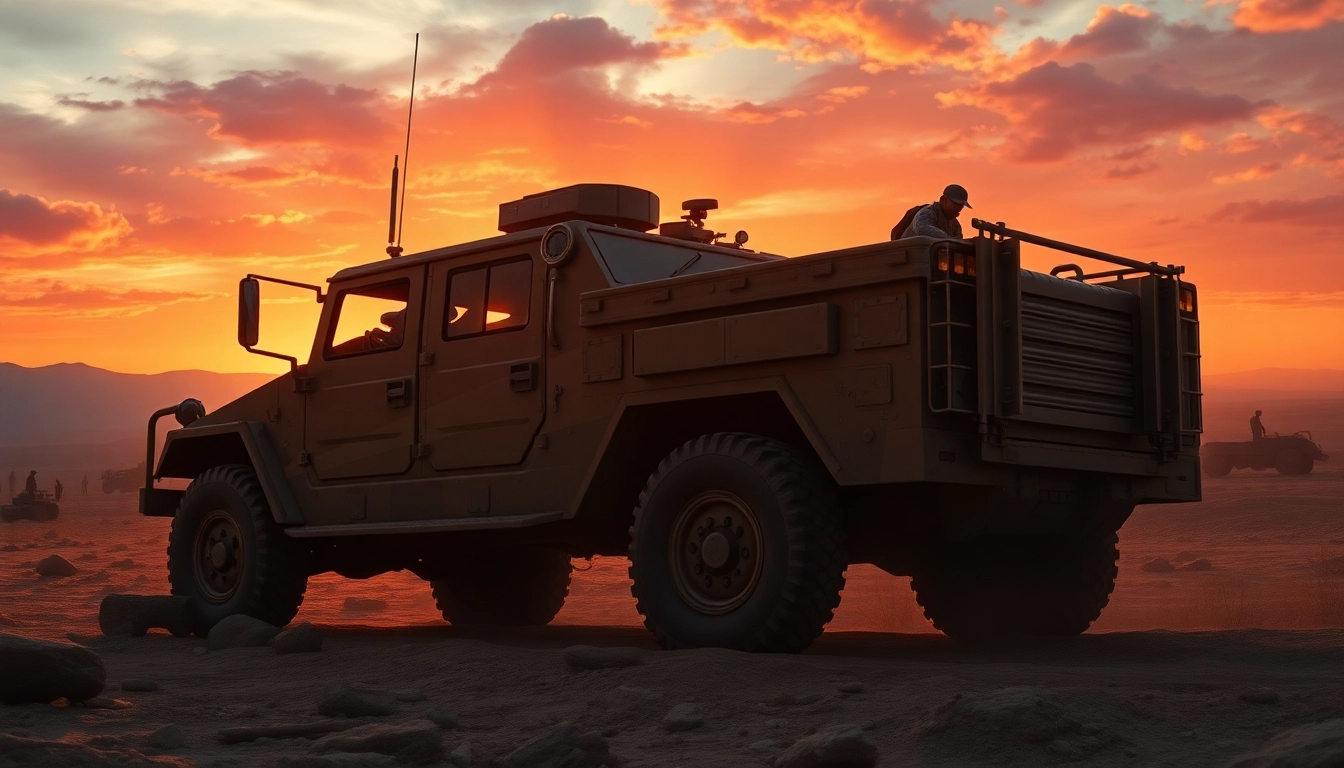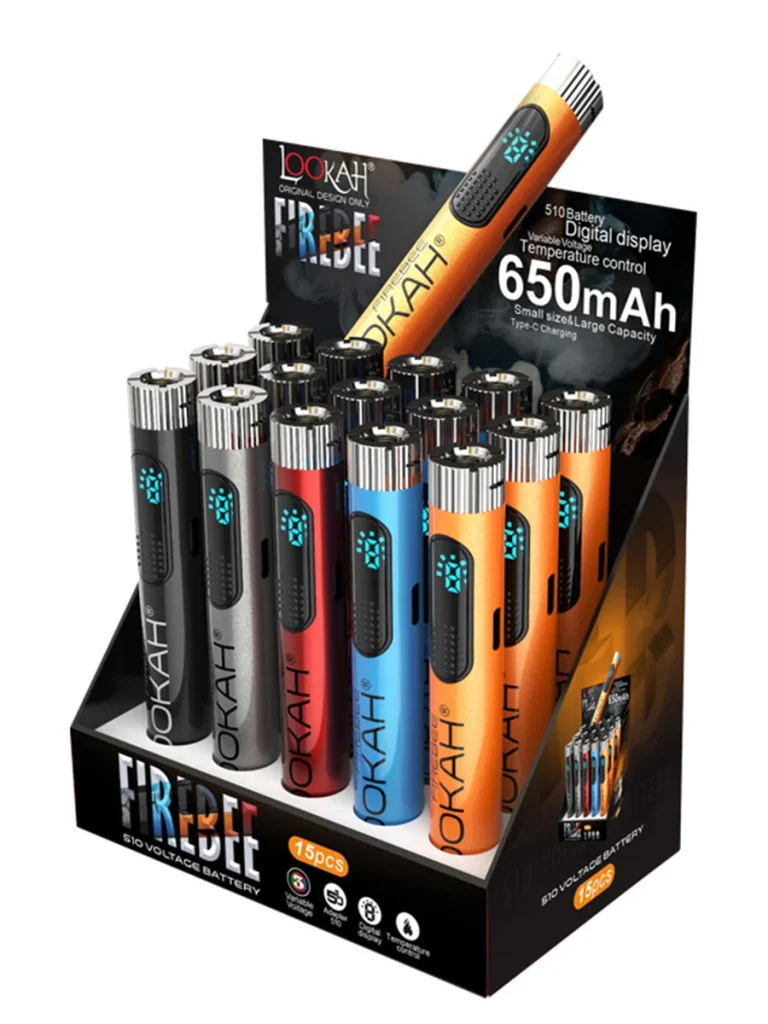Introduction to the M88 Recovery Vehicle
The M88 Recovery Vehicle is an essential asset in the arsenal of the United States Armed Forces, regarded for its robust design and multifunctional capabilities. M88 serves as a powerful recovery tool and emergency assistance vehicle, playing a pivotal role in logistics and operational efficiency within military operations. This article delves into the distinguishing characteristics, historical context, operational significance, and contemporary applications of the M88, providing a comprehensive overview of this remarkable recovery vehicle.
What is the M88?
The M88 Recovery Vehicle is classified as an armored recovery vehicle (ARV) designed primarily to aid in the recovery of disabled vehicles from the battlefield. Uniquely equipped to handle a multitude of tasks, including towing, lifting, and even providing limited battlefield repair capabilities, the M88 stands as one of the largest and most formidable recovery vehicles deployed by the military. There are three noted variants of this vehicle: the original M88, the M88A1, and the upgraded M88A2 HERCULES. Each variant boasts enhancements that ensure its operational longevity and effectiveness in diverse conditions.
History and Design of the M88
First developed in the late 1950s, the M88 was officially introduced into service in 1961. Its creation marked a response to the increasing complexity and power of modern battlefields that required a vehicle capable of moving heavier equipment and providing support where necessary. The M88 was built upon a modified chassis derived from the M48 Patton tank, thus giving it significant strength and durability.
Designed to withstand various battlefield conditions, the M88 features armor plating that protects against small-arms fire and shrapnel, while its powerful winching and lifting systems enhance its operational capabilities. Over by the decades, the M88 has received various upgrades, ensuring it remains relevant in modern military applications.
Primary Uses and Significance in Military Operations
The operational versatility of the M88 is one of its most significant advantages. Primarily, it is used for recovery missions involving other military equipment, but its functional scope extends to field repairs, personnel transportation, and even providing assistance during natural disasters. The vehicle’s ability to tow and transport heavy loads significantly enhances the mobility of armed forces, allowing them to adapt swiftly to changing conditions on the battlefield.
Furthermore, the M88 has played critical roles in various military operations around the world, from traditional combat scenarios to peacekeeping missions. Its capacity to operate in harsh environments has made it indispensable to military logistics and operational strategies.
M88 Specifications: What Makes It Stand Out
Key Technical Specifications of the M88
The following specifications illustrate what sets the M88 Recovery Vehicle apart from other recovery vehicles:
- Crew: 3 personnel
- Armor: Hull and cab armored to protect against small-arms fire up to 30 mm direct fire weapons
- Length: Approximately 25 ft (7.62 m)
- Width: 10 ft (3.05 m)
- Height: 10.25 ft (3.12 m)
- Ground Clearance: 17 in (0.43 m)
- Weight: Around 56,000 lbs (25,400 kg)
- Main Armament: M2 .50 caliber heavy machine gun with 1,300 rounds
- Engine: 8-cylinder, gasoline engine producing 500 hp
- Speed: Max speed of 30 mph (48 km/h) on roads
- Operational Range: Approximately 250 miles (400 km)
Armor and Defense Features of the M88
The armor configuration of the M88 offers substantial protection, designed to withstand a variety of battlefield threats. Its hardened structure safeguards the crew from small-arms fire while ensuring that operational functionality remains uncompromised. Moreover, the heavier variants have undergone advancements to improve resistance against improvised explosive devices (IEDs) and anti-tank grenades, making it a more robust tool for modern warfare.
Comparative Analysis with Other Recovery Vehicles
In comparison with other recovery vehicles used by armed forces globally, the M88 stands out due to its size, power, and multifunctionality. Many countries employ lighter recovery vehicles suited for specific tasks. However, the M88’s heavy-duty capabilities allow it to undertake complex recovery operations. For instance:
- M88 vs. M997 HEMTT: While the M997 is excellent for transporting troops and supplies, the M88’s ability to tow and lift heavier loads makes it more suitable for recovery operations.
- M88 vs. British FV434: The British FV434 is a lighter vehicle capable of recovery; however, it lacks the firepower and armored protection found in the M88.
- M88 vs. German Bergepanzer: Although Germany’s Bergepanzer offers excellent recovery solutions, the M88 outmatches it in terms of size and might, ensuring versatility on various battlefield configurations.
M88 in Action: Real-World Applications
Case Studies: M88 in Military Exercises
The operational success of the M88 has been evidenced during numerous military exercises and real-world deployments. In exercises such as Operation Desert Shield and Desert Storm, the M88 was pivotal in recovering disabled tanks and vehicles under fire, demonstrating its robustness and utility under challenging conditions. Deployment instances, such as the recovery of the M1 Abrams tanks in Iraq, showcased the M88’s capability to restore mobility and ensure that front-line operations continued with minimal disruption.
Challenges Faced During Operations
While the M88 Recovery Vehicle is effective, it faces its share of challenges during operations. Difficult terrain, adverse weather conditions, and enemy engagements often complicate recovery missions. Operators must be highly trained to handle unforeseen circumstances such as sudden enemy attacks or mechanical failures. Additionally, the vehicle’s substantial weight can limit its maneuverability in tight environments, necessitating strategic planning for recovery operations.
Innovative Solutions During Deployments
When faced with challenges during deployments, M88 operators have developed innovative solutions to enhance effectiveness. For example, the integration of advanced communication systems allows recovery teams to coordinate efficiently with other units on the battlefield. Moreover, operators have created procedures to rapidly assess vehicle conditions and establish priorities for recovery based on strategic importance, ensuring that critical assets are restored to service swiftly.
Maintenance and Longevity of the M88
Best Practices for M88 Maintenance
The M88’s longevity is significantly influenced by rigorous maintenance practices. Regular preventive maintenance checks ensure that the vehicle remains operational and reduces the risk of malfunction during critical missions. Best practices include:
- Routine inspections of hydraulic systems, ensuring lifting and towing capabilities are functioning properly.
- Regular checks on the engine and transmission for signs of wear or leaks.
- Maintaining the integrity of the armored shell through periodic assessment and repairs of any armor breaches.
- Monitoring the communication equipment to ensure seamless operations during missions.
Understanding the Lifecycle of an M88 Vehicle
The lifecycle of an M88 vehicle is marked by several phases, beginning with its design and procurement, followed by utilization in active service, and eventually reaching retirement. Military logistics ensures that vehicles are overhauled periodically to incorporate technological upgrades and maintain their operational effectiveness. Moreover, significant investments in refurbishing older variants extend their service life, allowing them to continue serving alongside newer models.
Future Enhancements and Upgrades
As military technology continues to evolve, the M88 is also set to undergo enhancements that will further increase its battlefield efficacy. Future upgrades may include integration with unmanned systems for operations in high-risk zones, enhanced communication technologies, and even modifications to improve fuel efficiency. Such advancements will ensure that the M88 remains a frontline asset capable of fulfilling the demands of modern warfare.
Conclusion: The Legacy of the M88 Recovery Vehicle
Impact of the M88 on Modern Warfare
The enduring legacy of the M88 Recovery Vehicle can be seen in its profound impact on military operations and strategies over the decades. Its ability to recover other vehicles efficiently becomes a critical component of operational success, enhancing battlefield effectiveness while reducing the risk of mission failure.
Looking Ahead: The Next Generation of Recovery Vehicles
As military needs continue to evolve, the design and function of recovery vehicles like the M88 are likely to undergo significant changes. Emerging technologies such as robotics, artificial intelligence, and improved materials science will set the foundation for advanced recovery systems that can operate autonomously and in more diverse conditions.
Why the M88 Remains Essential in Military Operations
The M88 Recovery Vehicle remains indispensable in military operations due to its unparalleled recovery capabilities, resilience to battlefield threats, and adaptability to various operational contexts. As long as heavy combat vehicles require maintenance and recovery, the M88 will undoubtedly continue to serve as a cornerstone of military logistics, bridging the gap between strategic operations and mission success.



















